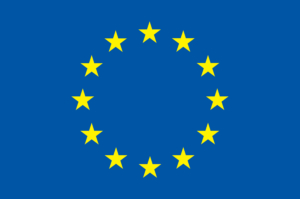Description
This project’s objective is to develop and to investigate closely linked symbiotic relationships between robots and natural plants and to explore the potentials of a plant-robot society able to produce architectural artifacts and living spaces. We will create a society of robot-plant bio-hybrids functioning as an embodied, self-organizing, and distributed cognitive system. The system grows and develops over long periods of time in interactions with humans resulting in the creation of meaningful architectural structures. The robotic assemblies (‘artificial plants’) support and control the biological plants through appropriate scaffolding, watering, and stimuli that exploit the plants’ different tropisms (phototropism, gravitropism, thigmotropism). The natural plant, in turn, supports and controls the robotic plant by guiding it through growth (e.g., towards the light) and supports the weight of the robot in later growth phases. The artificial plants are built from small heterogeneous sensing and actuation modules connected using lightweight construction elements. Each robotic plant connects to the Internet wirelessly. In contrast to top-down control, we explore a developmental plasticity of bio-hybrid systems, where robots and plants grow together from sprout to adult stage and form a closely co-dependent and self-organized system. The robot-plant organisms live in a human-inhabited environment and through interaction with humans grow into architectural structures (e.g., walls, roofs, benches) providing functionality such as shade, air quality control, and stress relief. Humans, plants, and robots form an Internet-connected social garden, where desired structures and behavior patterns emerge based on both local and global interactions with parts of the garden growing at other locations. Hence, the social garden is a cultural system that shows long-term learning and adaptation where all past actions and interactions between the natural and artificial plants are represented in the embodiment of the garden.
Project Leader: Thomas Schmickl
Project Management: Gerald Radspier, Bianca Pichler-Thier (assistant)
Team: Payam Zahadat, Ronald Thenius, Daniel Nicolas Hofstadler
Duration: 01.04.2015 to 31.03.2019
Granted By: EU – 640959
Partners:
- University of Paderborn, Department of Computer Science
- Adam Mickiewicz University, Department of Molecular and Cellular Biology at the Faculty of Biology
- Centre for Information Technology and Architecture (CITA), The Royal Academy of Fine Arts, School of Architecture
- Cybertronica Research
- IT University of Copenhagen, Robotics, Evolution and Art Lab





